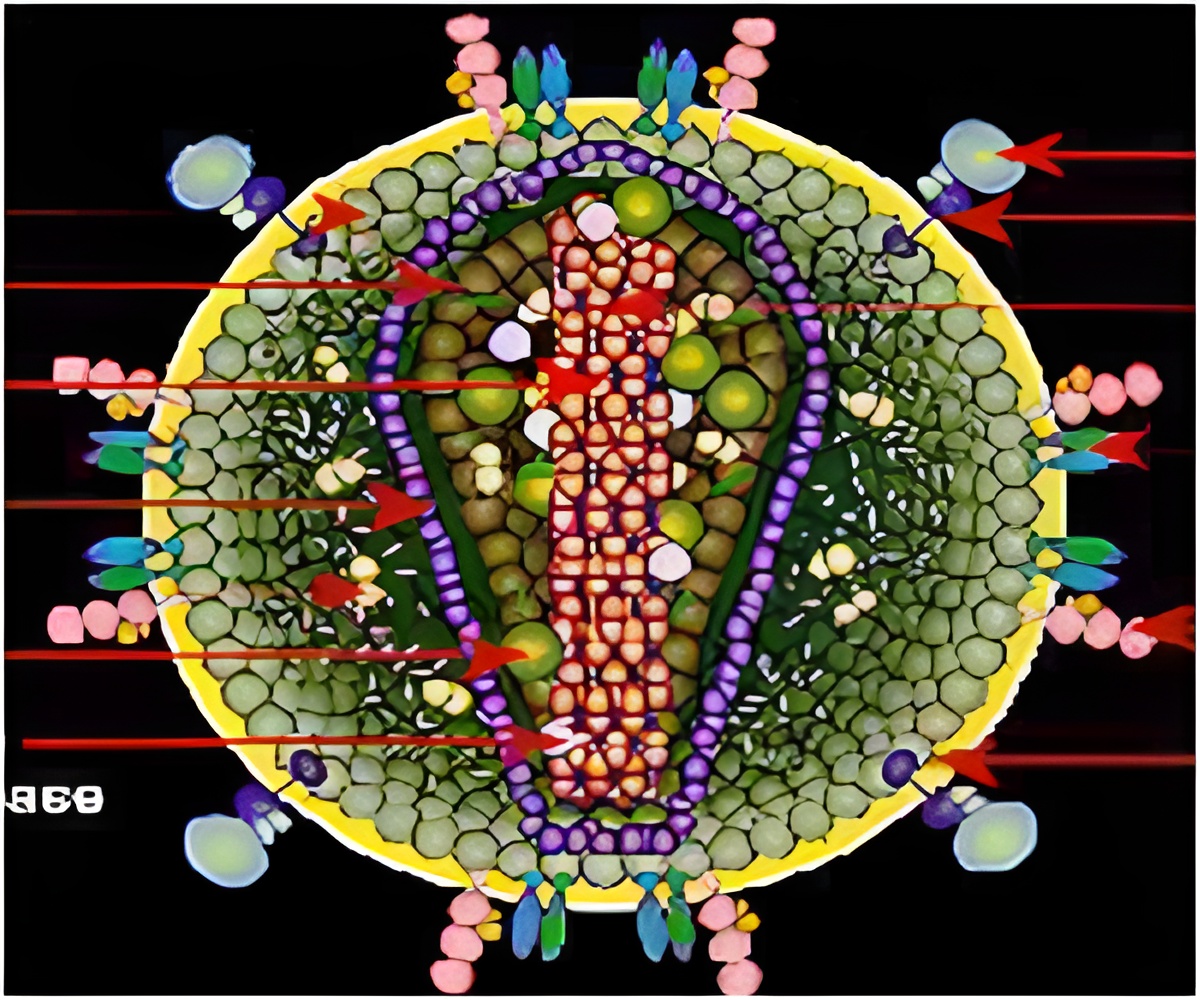New research from Lund University in Sweden says that a recently discovered HIV strain leads to significantly faster development of AIDS.

"Recombinants seem to be more vigorous and more aggressive than the strains from which they developed", explained Angelica Palm, a doctoral student at Lund University.The recombinant studied is called A3/02 and is a cross between the two most common strains in Guinea-Bissau, West Africa - 02AG and A3. It has previously been described by Joakim Esbjörnsson, a postdoctoral fellow at the University of Oxford, who is a co-author of the study.So far, the new strain has only been identified in West Africa, but other studies have shown that the global spread of different recombinants is increasing.
In countries and regions with high levels of immigration, such as the US and Europe, the trend is towards an increasingly mixed and complex HIV flora, unlike in the beginning of the epidemic when a small number of non-recombinant variants of the virus dominated. There is therefore reason to be wary of HIV recombinants in general."HIV is an extremely dynamic and variable virus. New subtypes and recombinant forms of HIV-1 have been introduced to our part of the world, and it is highly likely that there are a large number of circulating recombinants of which we know little or nothing.
We therefore need to be aware of how the HIV-1 epidemic changes over time", said Patrik Medstrand, Professor of Clinical Virology at Lund University. The research is based on a unique long-term follow-up of HIV-infected individuals in Guinea-Bissau, a project run by Lund University. In future research, Angelica Palm and her colleagues hope to be able to continue researching the characteristics of recombinant viruses and the presence of these among HIV carriers in Europe.For health services, the new research results mean a need to be aware that certain HIV-1 types can be more aggressive than others, according to the research team.
Source-Eurekalert
 MEDINDIA
MEDINDIA




 Email
Email









